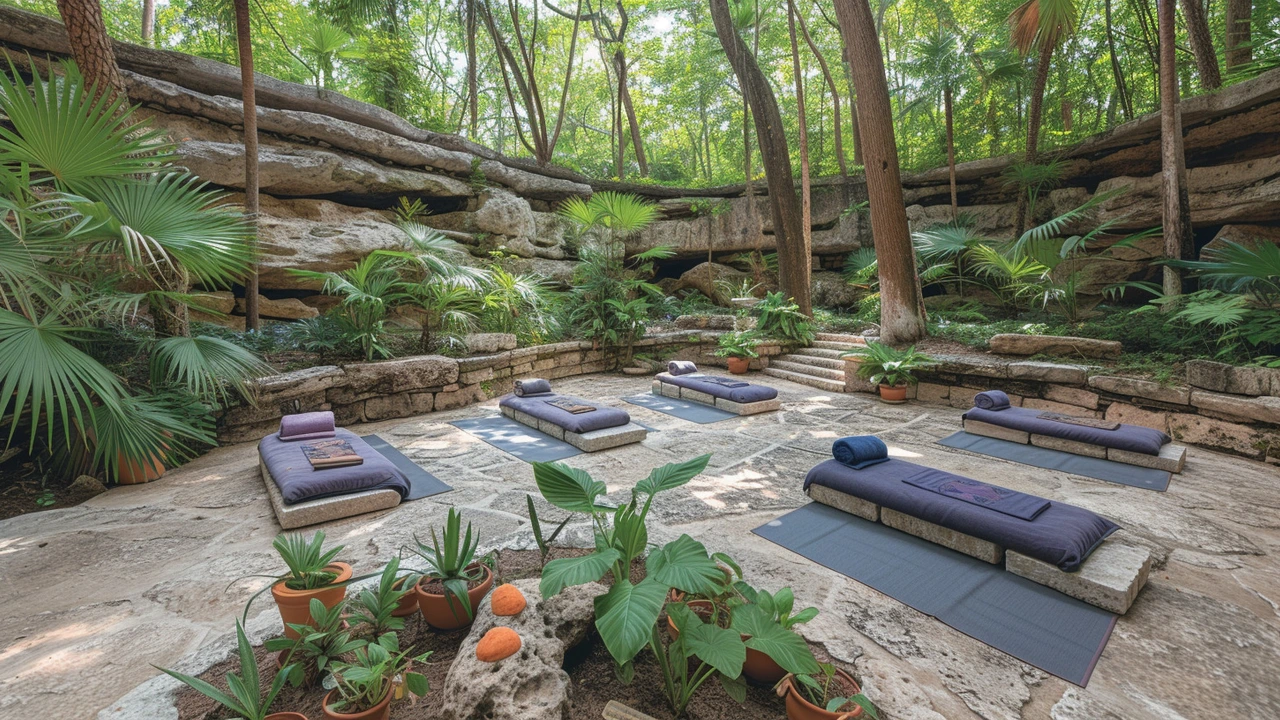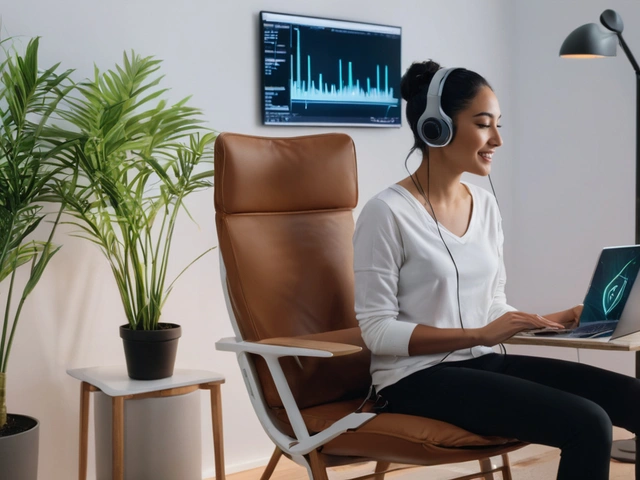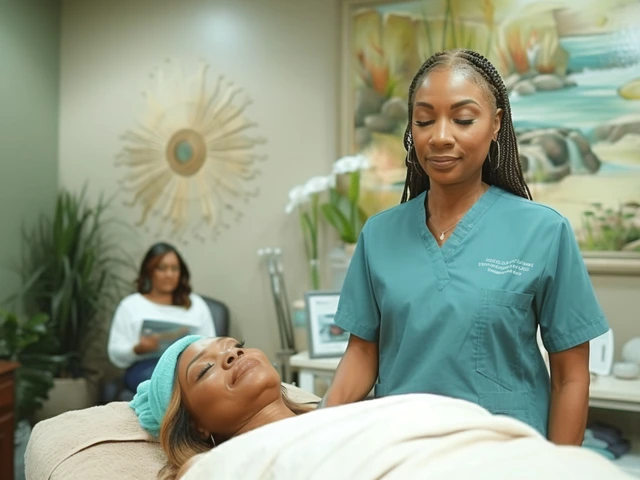Alternative Therapies: Practical Options That Actually Help
Want less stress, less pain, or just a clearer head without more pills? Alternative therapies offer hands-on and tech-forward ways to feel better. Some methods are great for short-term relief (like a sports massage after a hard workout), while others build long-term resilience (like regular meditation or biofeedback practice). Below I’ll point out what works, what to expect, and simple safety checks.
Quick guide to popular therapies
Biofeedback: You wear sensors that show real-time body signals—heart rate, breathing, muscle tension. Practicing with that feedback helps you lower stress and improve heart-rate variability. Many people use short daily sessions (10–20 minutes) with an app or clinic device.
Massage therapies (sports, neuromuscular, myofascial, Ayurvedic): These target tight muscles, trigger points, or whole-body balance. Sessions usually run 30–60 minutes. Sports massage helps recovery and endurance; neuromuscular and myofascial work better for chronic knots and mobility. Ayurvedic massage adds oil and rhythm for relaxation and circulation.
Aromatherapy: Essential oils like lavender or peppermint can nudge mood and ease tension. Use diluted oils in a diffuser or on skin (properly diluted). Don’t apply undiluted oils to pets or kids, and avoid oils that irritate asthma or sensitive skin.
Reiki and energy work: These are low-risk ways to relax and become more aware of tension patterns. People often report feeling calmer and sleeping better after a session. Treat this as a complement to medical care, not a replacement.
Creative arts therapies (art, music, movement): These help process emotions, reduce anxiety, and boost motivation. You don’t need to be “artistic”—regular, short sessions can lift mood and improve focus.
How to choose and use them safely
Start with one clear goal: less pain, better sleep, reduced anxiety. Pick the therapy that matches the goal—biofeedback for heart-rate control, massage for muscle pain, aromatherapy for short-term mood shifts. Try a single session or a short trial of 2–4 weeks before committing.
Check credentials and reviews. For hands-on therapies, choose licensed practitioners when possible. Ask about session length, what will happen, and any side effects. If you have a medical condition or pregnancy, tell your provider and your therapist.
Track results. Keep a simple log: date, therapy, how you felt before and after. Improvements often show up in weeks, not hours, except for immediate relief from massage or relaxation exercises. Mix therapies—short meditation plus weekly massage or daily biofeedback practice—with medical advice for the best results.
Want more specific reads? Browse posts on biofeedback, sports massage, aromatherapy, Reiki, and meditation to find step-by-step tips and practical routines that fit your life.

Maya Abdominal Massage: A Root to Holistic Healing
Hi there, in my latest post, I delve into the world of Maya Abdominal Massage, a holistic healing technique with deep roots in Mayan culture. In the pursuit of wellness and balance, we are going to explore its wonders, revealing the numerous health benefits it offers. From improving digestion to enhancing fertility, this ancient technique has a lot to offer. Join me, as we dive into this fascinating and beneficial healing method.

Neuromuscular Massage: The Healing Journey Explained
May, 16 2025

Healthy Diet Essentials for a Vibrant Life
Sep, 26 2025

Biofeedback Techniques for Stress-Free Living
Aug, 1 2024

